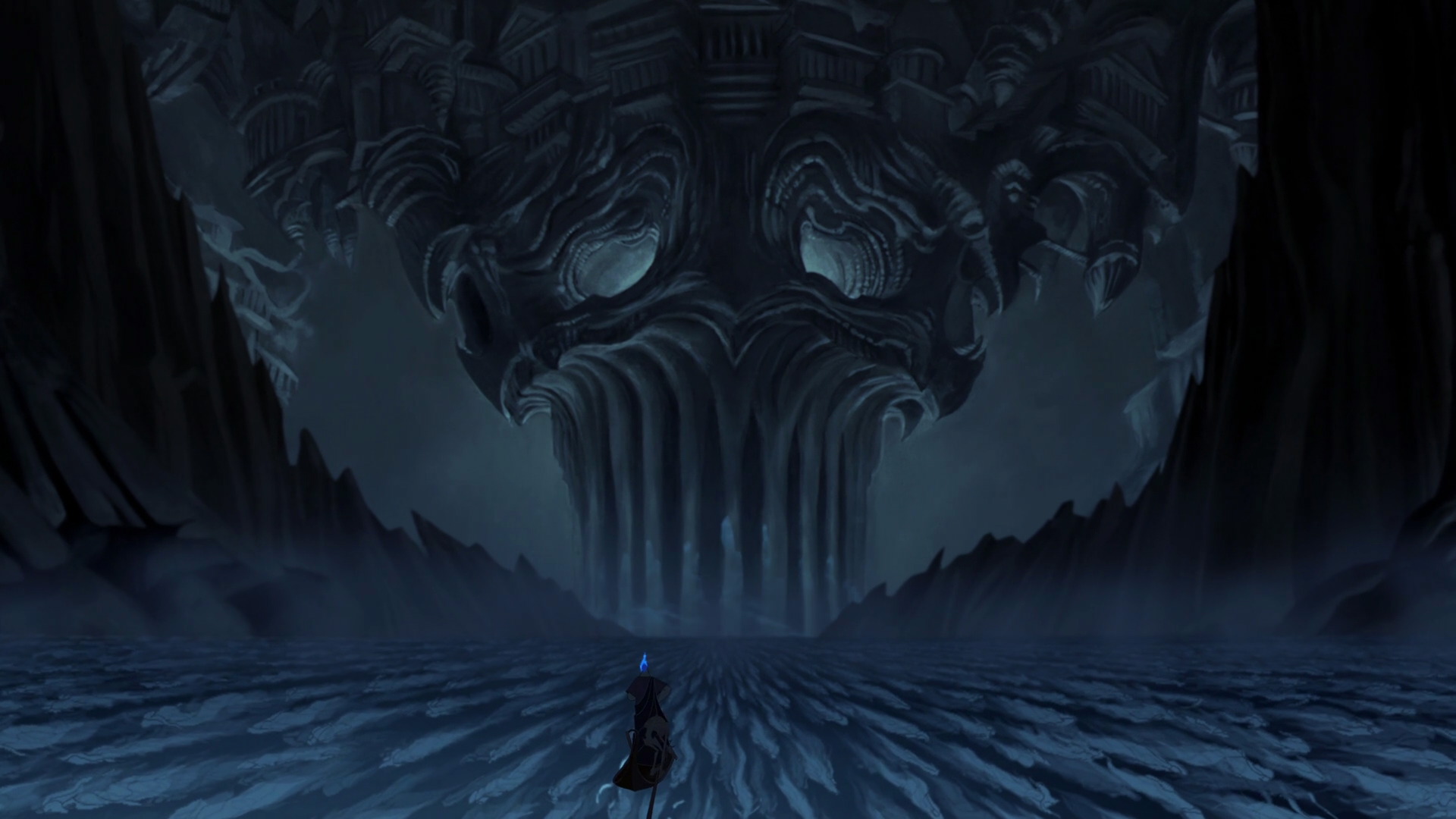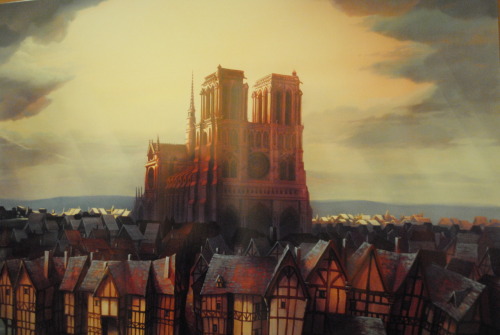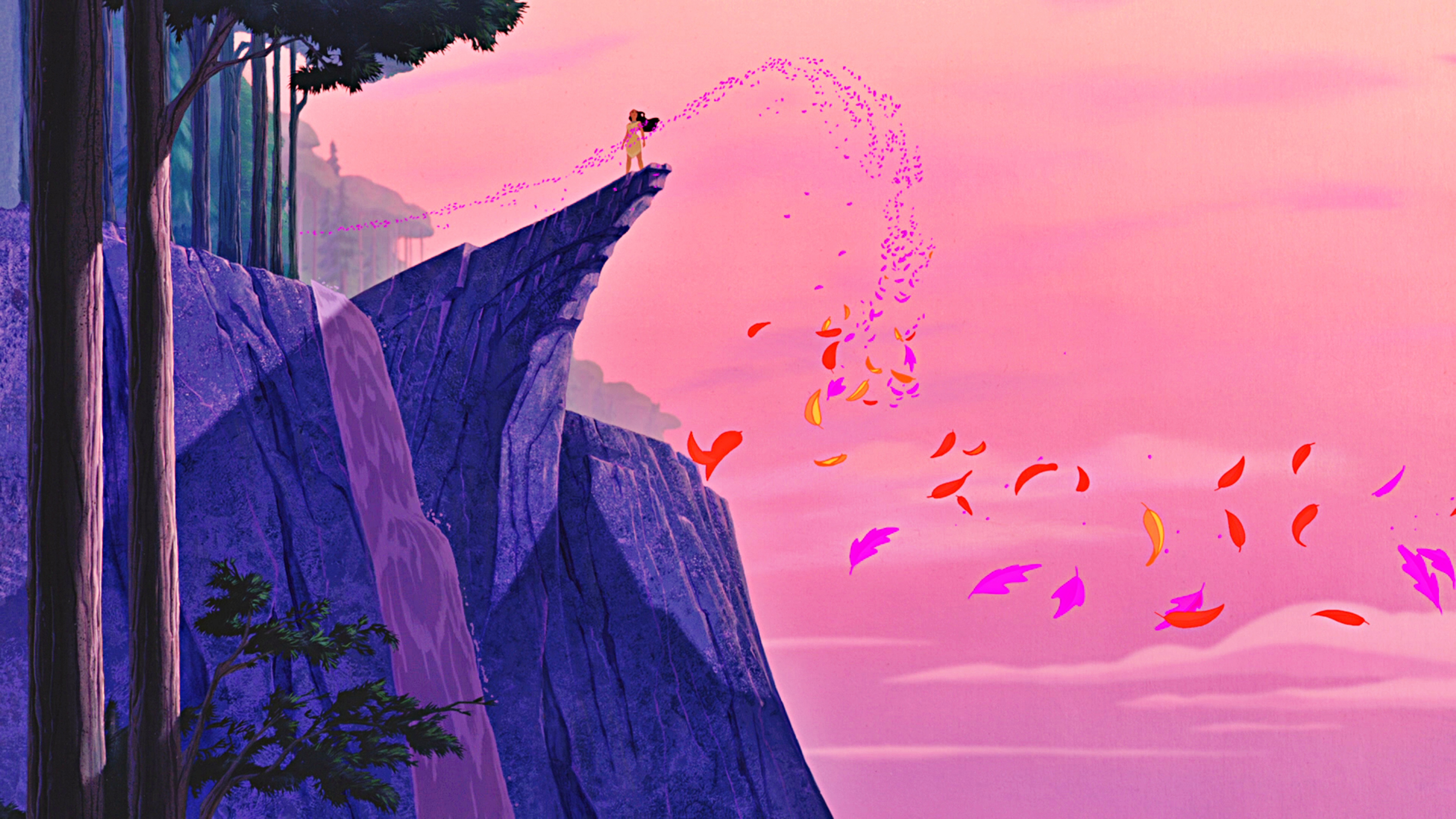So, let's get to it!
Hercules
Let me begin by saying this movie, like Pocahontas, is great if you ignore the IMMENSE amount of inaccuracies to the plot. (My mythology teacher in high school said she'd give anyone extra credit if they could list all the inaccuracies in the movie. I think her list had over 200 inaccuracies that she had personally documented.) So, with that being said, let's pretend this is a story with fantasy elements that use names that just happen to be the same as Greek/Roman mythological characters and talk about what makes this movie great:
There seems to be a continuous theme throughout 90's Disney of paying homage to the culture from which a movie is derived by incorporating the art style of that culture into the animation of the movie somehow. Aladdin's characters were all drawn using calligraphic lines, The Lion King implements bright colors and patterns, Pocahontas is very geometric and simplified. Hercules is when this theme really seems to hit its zenith. I'm thinking if the ancient Greeks had decided to invent animation (and I'm sure the thought crossed their mind considering their track record when it comes to inventions) it would probably look like Disney's Hercules. For example: much of the narration for this story (that is the Muse's musical numbers) takes place on Greek pottery, which was a favored way of story telling in ancient Greece. Another excellent example of this is the character design of this movie. It's just phenomenal. Take Meg for example, she is basically an Ionic style column with a head and arms. Hercules looks like an exaggerated version of Michelangelo's David: the very icon of heroism. As for the gods of Olympus....I just adore their design! The artists of this film went to such great lengths to embody the attributes of these gods in the way they look and the color schemes used for them. Take Hades for instance: how much deader can you look without actually being dead? I mean when he's in the underworld he doesn't look out of place at all. And speaking of the underworld I LOVE the background art of this movie. The underworld is fantastic. I think it is so clever that the river Styx is comprised of the souls of the dead. Also Mt Olympus, I love that they made the dwelling place of the gods to be this huge column that juts unnaturally out of the ground. It looks like a place where mythological what-have-yous would dwell.

Ok, a few other things I love about this movie: I love that the Muse's tell this story Southern Gospel style. Since the story of Hercules is a myth and mythology is basically an ancient form of worship it makes sense that the story would be sung by a gospel choir. I also love the homage to the Karate Kid during the musical sequence "One Last Hope."

Finally, there's one HUGE continuity error in a scene of this movie. I'll give ten points to the first person who can correctly tell me where it is (if I've already pointed it out to you you are disqualified from the competition).
Mulan
I'm surprised to find I don't have as much to say about this movie as I thought I would. I mean, we all know it's awesome. And awesome is probably not strong enough of a word to describe how great it is. But there are a couple of things that are worth pointing out.
Remember above when I was talking about cultural homages? Yeah, this movie basically looks like an animated Chinese watercolor. It's fantastic.

The juxtaposition between the song "A Girl Worth Fighting For" and the discovery of the destroyed village is amazing. The jovial nature of the song works so well to heighten the horror of the demolished village. And the color scheme does the same thing; there's so much calming blue and white and then BAM! stark, saturated red. They can't show much blood in a cartoon but they sure can imply it with the color of the sky.
Ok, here's my one beef: the relationship between Mulan and Captain Shang is SO bothersome. I'm sorry, if I were a dude and I found out that one of my soldiers was a woman my first thought would not be "I'm going to get to know this chick because she's HOT!" My first thought would probably be more along the lines of "Am I gay?" In any case, it brings up a point that generally annoys me: if there is ever a lead female in a Disney movie there is always a romantic plot thrown in there somewhere (and please don't bring up Brave, that is a Pixar movie NOT a Disney movie). Mulan doesn't need any romance in her story. It's a good story as is. The love plot is an unnecessary embellishment.
Tarzan
I'm going to admit something that I have deceived a lot of people about for a long time; I don't like Phil Collins and by default I don't like the music in this movie. Although I do really like Justin Timberlake and the version of this movie that I watched always skips during the song N'snyc sings :(. I'm sorry if that upsets anyone out there but now felt like a good time to get that out in the open. I feel so much better.
Anyways, Tarzan feels like the end of an era to me. It came out in 1999. For perhaps the first time ever Disney had some competition in the world of animation. Dreamworks was really starting to step out and Pixar was becoming prominent. This movie feels like Disney's attempt to remain relevant in main stream culture. This is one reason why I'm not a fan of the music. It makes it feel like Disney is suddenly embarrassed by the musicals they've produced for the last decade and just can't make them any more so they have to get some famous musician to do the music for them.
Oh, and the relationship between Tarzan and Jane bothers me even more than the one between Mulan and Shang. I mean, does it bother anyone else that Jane is attracted to a feral man?! When I took my sociology class WAY back in my freshman year of collage we had to learn about feral children and they were SERIOUSLY messed up. It makes me wonder about the state of Jane's mental health that she's into Tarzan. Yeah, it's another plot that could do without the romance.
The integration of CGI and traditional hand drawn animation in this movie is near flawless though. Check this out:




